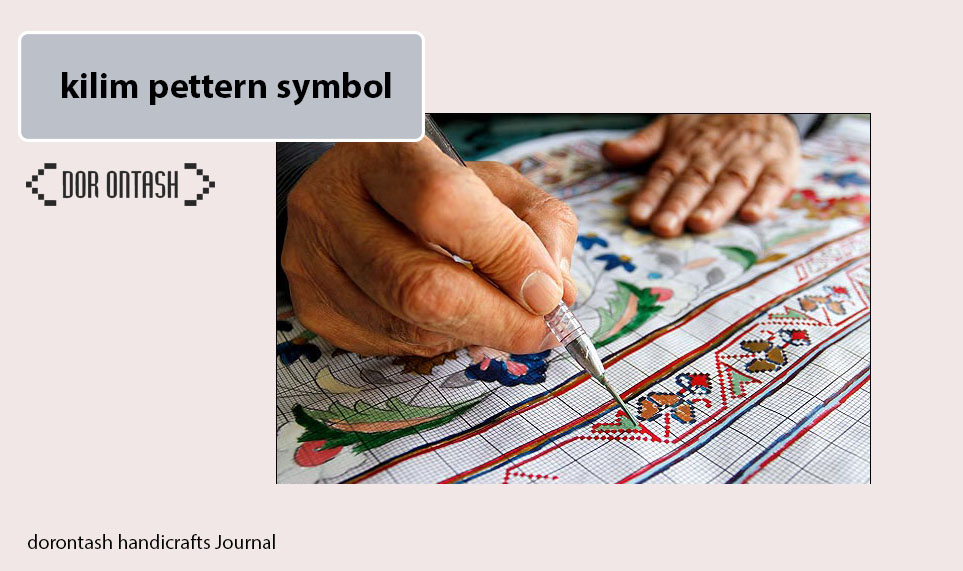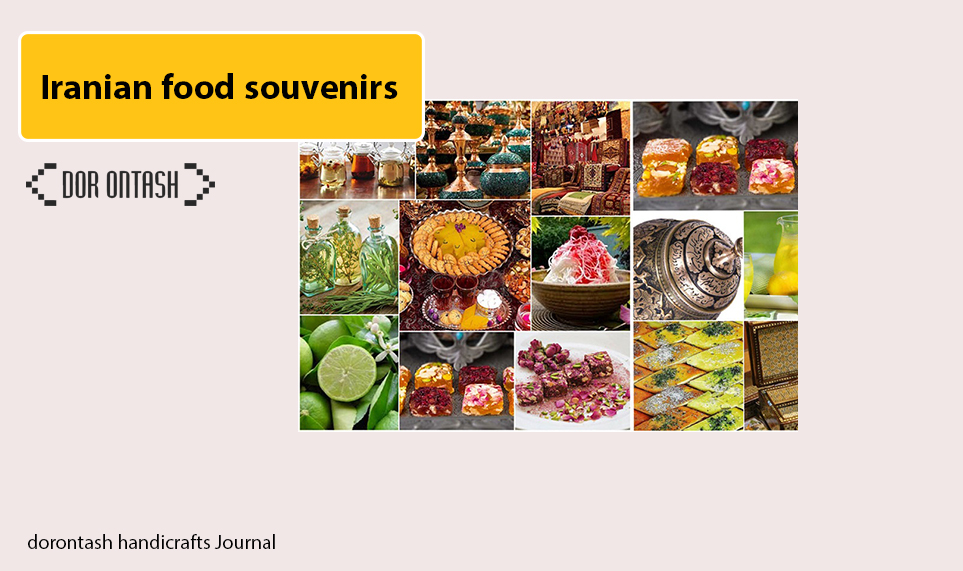art of ancient Iran: The oldest stage of human life in the Iranian plateau is the Stone Age civilization . It seems to be from 10,000 to 12,000 years ago. There are evidences of this life in the Belt Cave and Hutto Cave , both near Behshahr, Mazandaran, as well as Mirmalas Cave and Dusheh Cave , both in Lorestan.
The caves of “Homian”, “Shekarchian” (Biston mountains of Kermanshah), “Tamtmeh” (Azerbaijan), “Khonik” (Khorasan) and “Shenidar” (western foothills of Zagros) are other examples of early life in the plateau of Iran.
About five thousand years ago, the states of Sumer, Akkad, Babylon, and Assyria were established in Mesopotamia (between the Tigris and Euphrates rivers) near the Iranian plateau, and then the Elamian state was established in the Iranian plateau about three thousand years ago . After that, the Aryan immigrants destroyed the governments of Elam and Mesopotamia by establishing the Median and then the Achaemenid states. The Achaemenid government was also destroyed by the attack of the Greeks led by Alexander, and then the Seleucid and Parthian governments came into existence one after the other. After the Parthians, the Sassanid government came to power, which was destroyed by the conquest of Iran by Muslim Arabs.
Painting | art of ancient Iran

Painting among the early inhabitants of the Iranian Plateau mostly includes drawings on pottery. Most researchers have attributed the innovation of painting on pottery to the early inhabitants of the Iranian plateau. Except for the paintings on pottery, a number of paintings on the walls of Lorestan caves have been found, which belong to more than 12 thousand years. The paintings of “Belt Cave” and “Huto Cave” in Behshahr are also 10,000 years old.
Body building and highlighting| art of ancient Iran
The best and oldest example in this field is a bone knife handle
 It was obtained from Kashan silk and shows a man wearing a loincloth and a belt tied around his waist. A number of seals have also been discovered from the same area , which have a lot of similarities with the pictures we obtained from Susa, this indicates a kind of relationship between Silk and Susa.
It was obtained from Kashan silk and shows a man wearing a loincloth and a belt tied around his waist. A number of seals have also been discovered from the same area , which have a lot of similarities with the pictures we obtained from Susa, this indicates a kind of relationship between Silk and Susa.
The next works belong to the Elamites, which were obtained from Susa. The state of Elam was largely indebted to the Mesopotamian civilization . Therefore, there are many similarities between the works of the Elamites and the works of the people of Mesopotamia. From the excavations of Shush and Haft Tepe, a number of figures and tablets were obtained, which indicate the art of making figures among the Elamites.
Pottery | art of ancient Iran

Pottery first appeared in Iran in the Paleolithic age (ten thousand years ago). Many researchers in the world believe that the early inhabitants of the Iranian plateau were the inventors of the pottery wheel and its baking.
The most famous pottery of ancient Iran belongs to Silk and Shush. These pottery are approximately 4,000 to 6,000 years old. But in the interval between these two times, a very important transformation takes place in pottery, and that is the invention of the pottery wheel.
In the pottery obtained from silk, the influence of the potter’s wheel is evident, that is, the jars are perfectly symmetrical. The effect of this development is clearly visible in the pottery obtained from Susa, because the jars are much larger than usual and have a finer construction. In the works that were obtained from Shush and Haft Tepe, pieces of glazed pottery and carved sculptures can also be seen. Probably, this technique reached the Elamites from Mesopotamia, because the people of Mesopotamia were much more advanced in the art of glazing pottery. With the arrival of Aryans, different pottery works were made. Most of these works were discovered in Marlik (Gilan). iran handicrafts
Rayton dishes | art of ancient Iran

Another famous art of ancient Iran is making Rayton dishes. Vessels made in the shape of tube-shaped animals (such as the Marlik bison) are called rhytons. This name is originally from Greek and means flowing liquid. These dishes were made in Iran in the fourth millennium of Qom.


